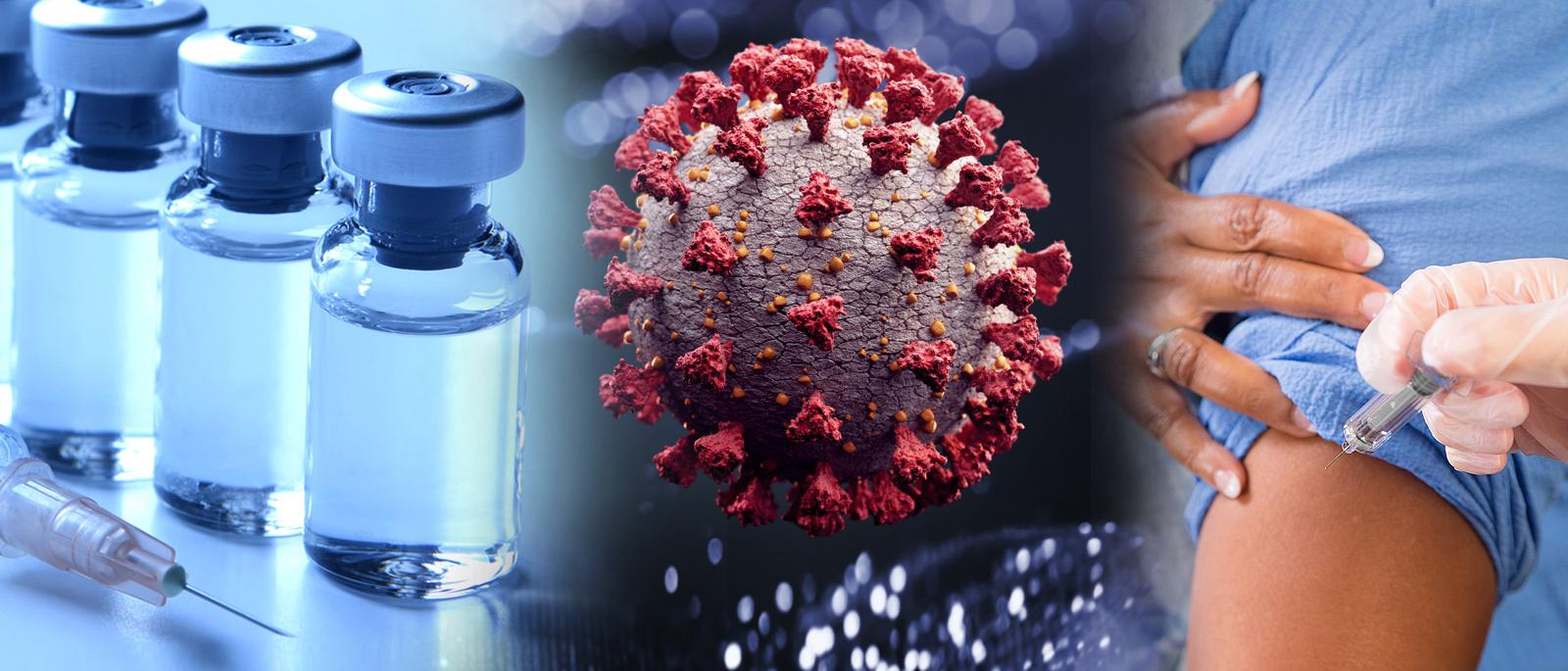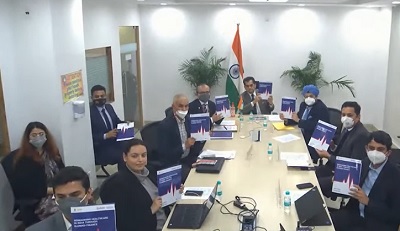August 11, 2024 — Passive smoking, also known as second-hand smoke, is posing significant health risks to children, with experts raising alarms about the severe consequences it can have on young and vulnerable populations. Due to their developing lungs and immune systems, children are particularly susceptible to the harmful effects of exposure to tobacco smoke.
Ravi Shekhar Jha, Director and Head of Pulmonology at Fortis Escorts Hospital, emphasized the dangers associated with passive smoking in children. “Passive smoking in children can cause respiratory issues, Sudden Infant Death Syndrome (SIDS), ear infections, developmental issues, and future heart disease. Preventing it involves maintaining a smoke-free home, avoiding smoking around children, and steering clear of public smoking areas. Supporting cessation programs and educating family members can also help protect children,” Jha said.
The harmful chemicals present in second-hand smoke can significantly increase the risk of respiratory infections, asthma, and SIDS in children, Jha added, stressing that passive smoking can also impair lung development, leading to long-term health problems.
Dr. Kuldeep Kumar Grover, Head of Critical Care and Pulmonology at CK Birla Hospital, highlighted both the immediate and long-term consequences of passive smoking. “The side effects of passive smoking are both immediate and long-lasting. In the short term, exposure can cause eye, nose, and throat irritation, coughing, headaches, and breathing difficulties. Over time, passive smoking increases the risk of developing serious conditions such as lung cancer, heart disease, stroke, and Chronic Obstructive Pulmonary Disease (COPD),” Grover explained.
Infants and children are particularly vulnerable, Grover noted, as they are at higher risk for respiratory infections, asthma, ear infections, and SIDS due to second-hand smoke exposure.
Experts are urging a comprehensive approach to preventing passive smoking in children. This includes maintaining smoke-free environments at home and in cars, avoiding smoking around children, and staying away from public smoking areas. Public education about the dangers of second-hand smoke, combined with strong support for smoking cessation programs, are critical measures to protect children from these dangers.
By implementing legislative measures alongside public awareness campaigns, experts believe that the harmful consequences of passive smoking can be significantly reduced, ensuring a healthier future for children.












